Former NASA physicist: they are destroying the Earth's magnetic field
Elon Musk's Starlink satellites could destroy the Earth's magnetic field and slowly poison us all, a former NASA scientist warns. According to her, space debris from Starlink could destroy the Earth's atmosphere and become an «unplanned geoengineering experiment.»

A former NASA physicist warns that cheap satellite «megaconstants» such as Elon Musk's Starlink could disrupt Earth's magnetosphere, exposing all life to deadly cosmic rays.
New research from Dr Sierra Salter-Hunt, the Daily Mail reports based on new estimates that Musk's SpaceX is spewing more than 2,755 pounds (1.3 tons) of wireless internet satellite debris into Earth's atmosphere every hour, creating a metallic layer of «conductive particles» in orbit.
“I was very surprised,” physicist Dr. Salter-Hunt tells DailyMail.com. “No one has done serious research into the accumulation of metal dust in the space industry.”
According to the latest estimates by astronomers made in March this year, There are currently 5,504 Starlink satellites in orbit, of which 5,442 are operational. But tens of thousands more of these satellites are planned to be launched, writes the Daily Mail.
Particles from these satellites at the end of their life cycle can «distort or trap the magnetic field» that keeps Earth's atmosphere from escaping, the physicist says, «along with all the highly conductive metal debris that settles in one region.»
< p>Although she notes that this is an «extreme case», such a layer of charged metal dust could lead to «atmospheric collapse» similar to the ancient fate of Mars and Mercury.
After working with NASA's Stardust comet observation team in 2012, Dr. Salter-Hunt spent three years at the US Air Force Research Laboratory. There she studied the electromagnetic behavior of plasma flows in low Earth orbit (LEO), the region of the upper atmosphere where the Starlink orbital network is located. She currently consults on the impact of space weather on the aerospace industry.
«Right now we have about 10,000 satellites in orbit, but in 10 to 15 years there will probably be 100,000,» says Dr. Salter-Hunt DailyMail.com.
«By the time we get to 100,000, I think it may be too late,» she said, «in terms of this unplanned geoengineering experiment that needs to happen.»
The reason for her concern is is that the mass of this fine metal debris already significantly exceeds the weight of magnetically charged particles that protect the Earth from cosmic radiation.
The heaviest known parts of Earth's magnetosphere are large loops of trapped particles called Van Allen belts—two doughnut-shaped regions filled with small particles charged by cosmic radiation from the Sun. The belts extend from the North and South poles of the Earth, which have a magnetic charge, explains the Daily Mail.
The weight of this vital area is incredibly small compared to the metal debris that could cut it off from the Earth — the total mass of the Van Allen belts is only 0.0004 pounds (or about 0.00018 kilograms).
«The masses of other parts of the magnetosphere (ring current, plasmasphere, etc.),» she notes in her new paper published in Cornell's arXiv, «are not widely estimated, but they are less dense than the Van Allen belts.»
In other words, this low weight and low magnetospheric mass means that large quantities of heavy satellite debris could have a dramatic, unprecedented impact.
«I think we need to immediately stop using the ionosphere and atmosphere as a waste bin for the space industry,» she said in comments to DailyMail.com.
In recent years, both academic astronomers and satellite companies have been competing with SpaceX, have repeatedly filed formal complaints with the US Federal Communications Commission (FCC) about SpaceX's Starlink ambitions.
Astronomers, in particular, fear that the company's space debris could permanently interfere with the work of ground-based observatories, which will lead to a halt in space exploration.
“The addition of nearly 30,000 Starlink satellites would disrupt the entire realm of astronomical research,” is how the FCC summarized complaints from academic researchers in its November 29, 2022, ruling on SpaceX's Gen2 satellite plans.
Several scientists, including Canadian astronomer and planetary science professor Dr. Samantha Lawler and Dr. Meredith Rowles, a researcher at the Vera K. Rubin Observatory, wrote letters to the agency to express their concerns.
“When I heard Dr. Lawler talk about how no one knew what could happen when debris begins to regularly form as satellites enter the atmosphere,” Dr. Salter-Hunt notes, “I wanted to continue studying this issue as part of my Ph.D. dissertation on plasma physics.»
However, some astrophysicists and planetary scientists have expressed skepticism about the hypothetical worst-case scenario proposed in the new paper.
Fiona Thompson, a researcher at the University of Durham in the UK, told Live Science that Dr Salter-Hunt's estimates of the number of future satellites «appear exaggerated» because companies' ambitious launch schedules tend to be inflated.
This article presents «is an interesting thought experiment,» she said, but added that «it shouldn't necessarily be passed off as 'this is what's going to happen.'»
One magnetospheric expert and planetary scientist at the University of Rochester in New York, Dr. John Tarduno, was particularly critical of the new paper's hypothesis that the density of metal debris could become so high that it, like a magnetic shield, would cut off the Earth from its Van belts. Allen.
“Even at the cosmic dust densities we have discussed, a continuous conductive shell like a true magnetic shield is unlikely,” Dr. Tarduno emphasizes. According to him, some of the assumptions made during the study were “too simple and unlikely to be true.”
But Dr Salter-Hunt told DailyMail.com that none of her critics had been able to refute her main points, even when she personally asked for more in-depth constructive criticism. “I reached out to [some of them] for more information on how I could improve the research, but they just didn’t know how I could improve my electrostatic signature research,” she said. “Or they weren’t available.” «So I don't believe there is any real scientific criticism at this time,» she concluded, «and the paper is in the process of being reviewed.»
Dr. Lawler, an astronomer at the University of Regina in Canada, who inspired her research, called the new study a «really important first step» that will bring needed attention to the «terrifying» amount of space dust accumulating in the Earth's atmosphere.
«The consequences of this pollution from satellites,» said Dr. Lawler, “can also be on a completely different scale than we used to think.”

















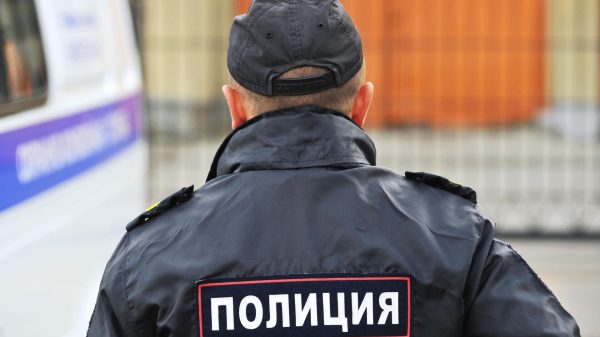
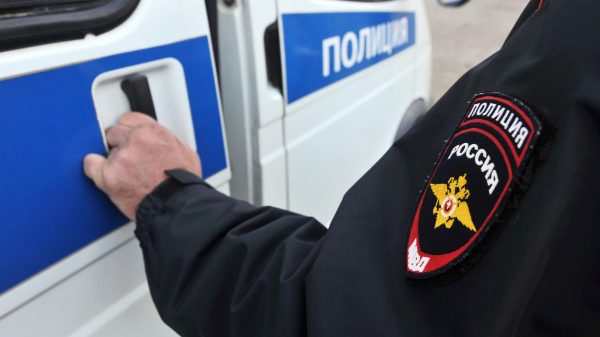


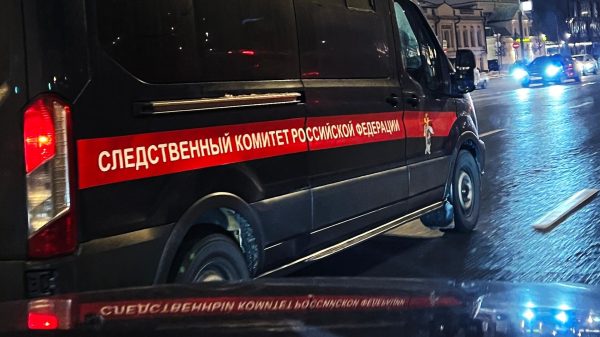
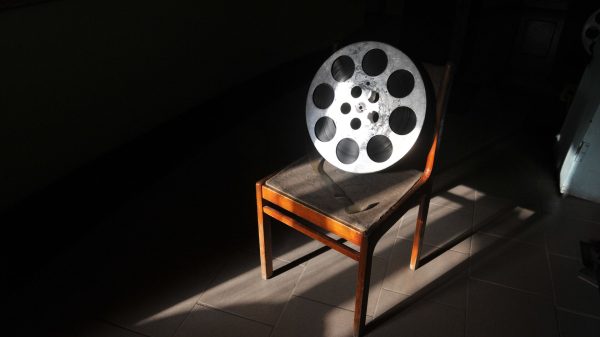



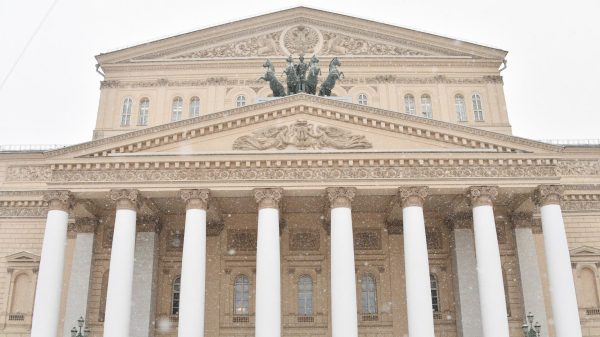


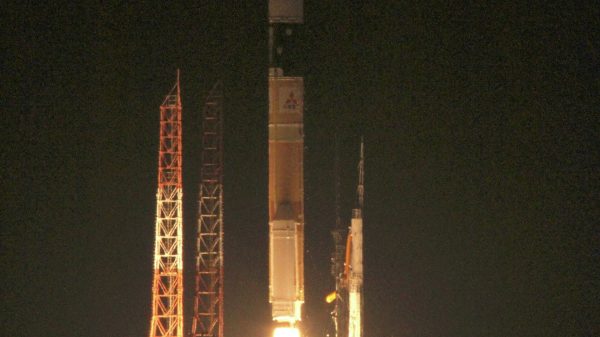
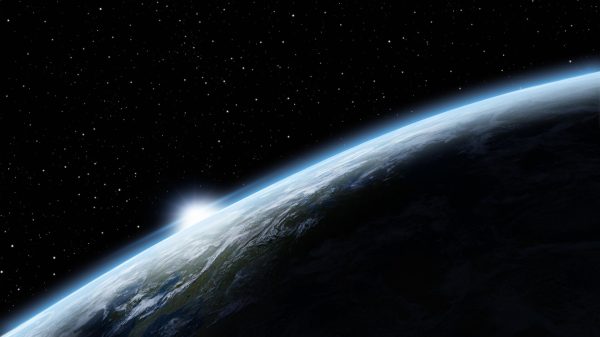
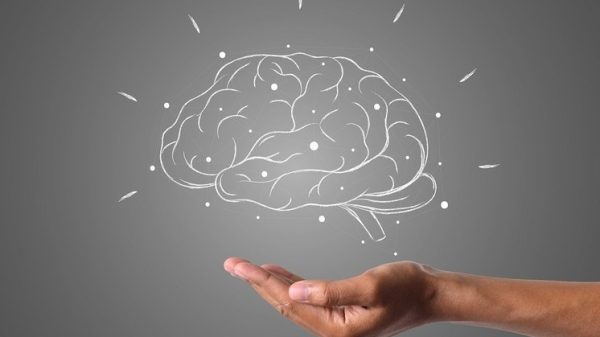





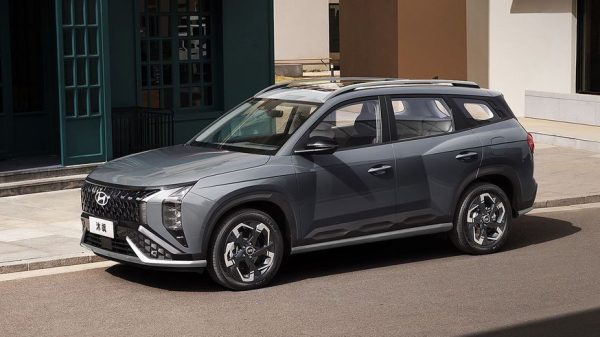
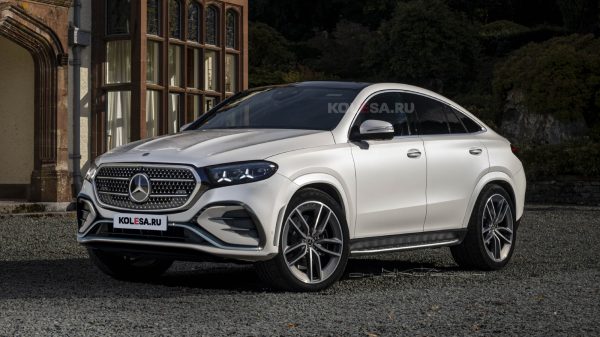
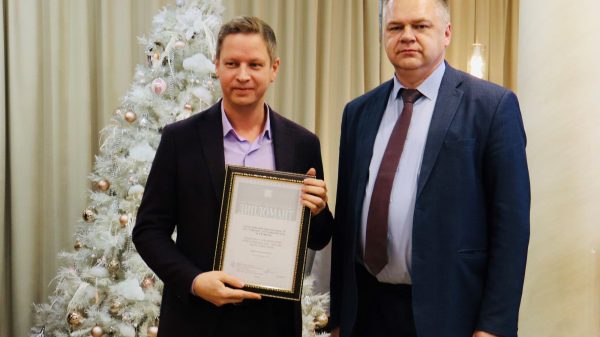

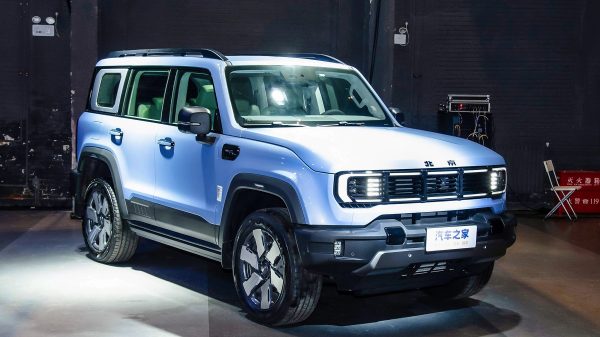







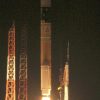
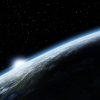








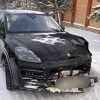







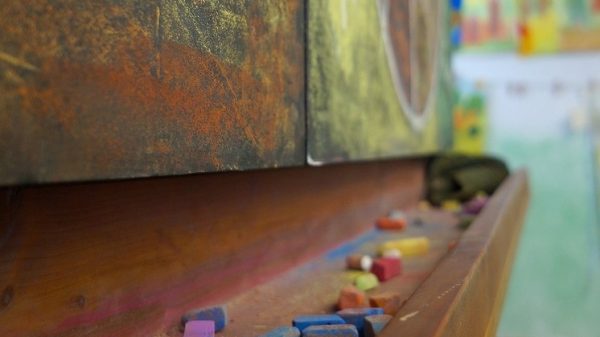
Свежие комментарии